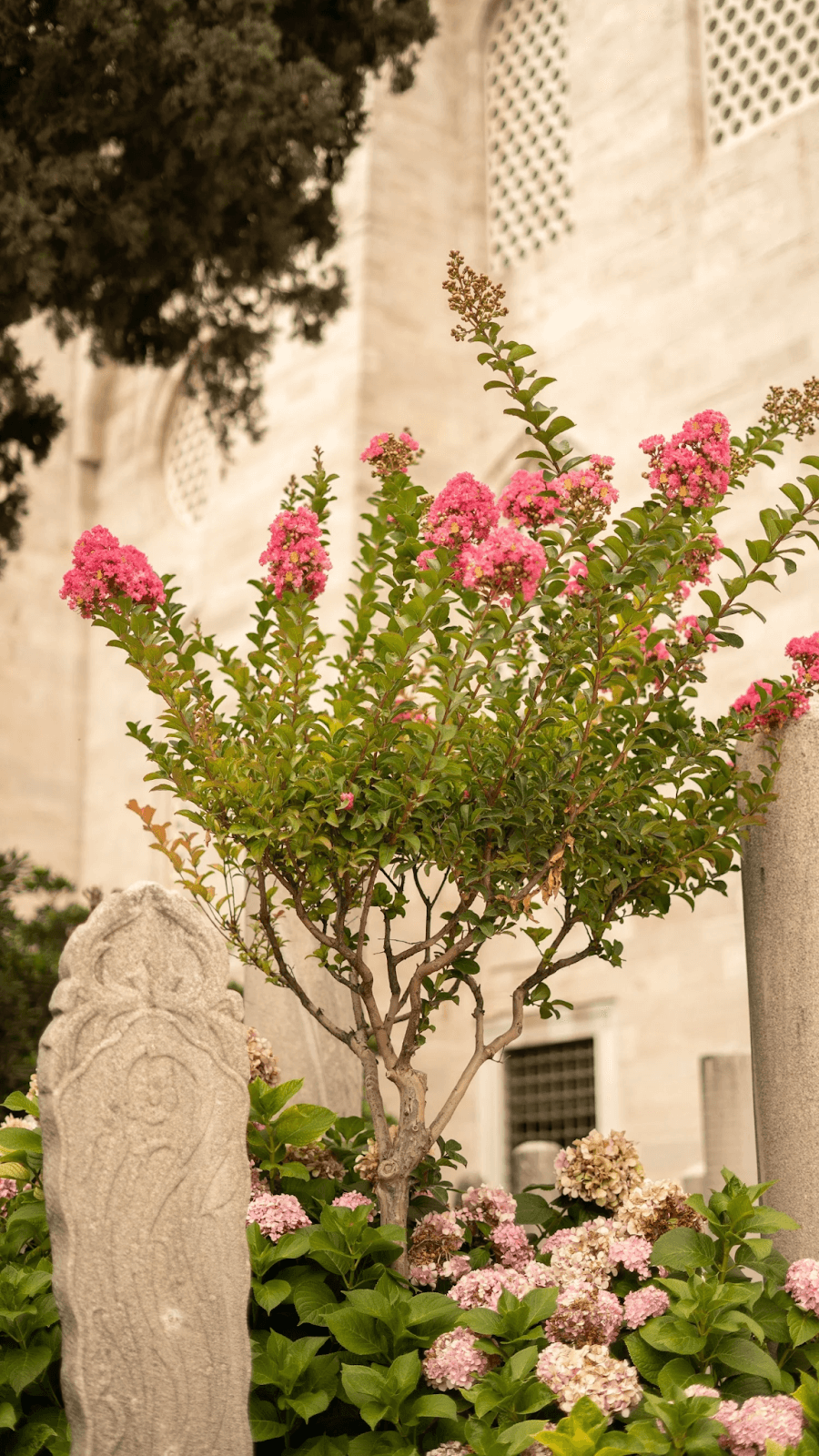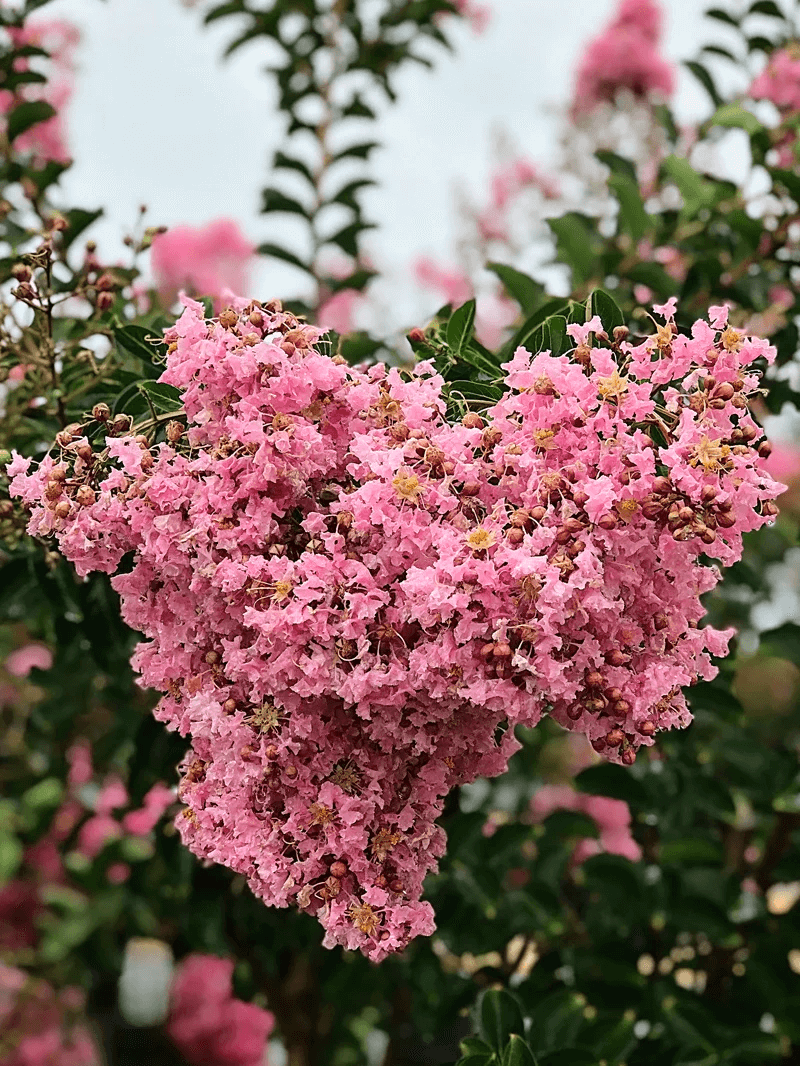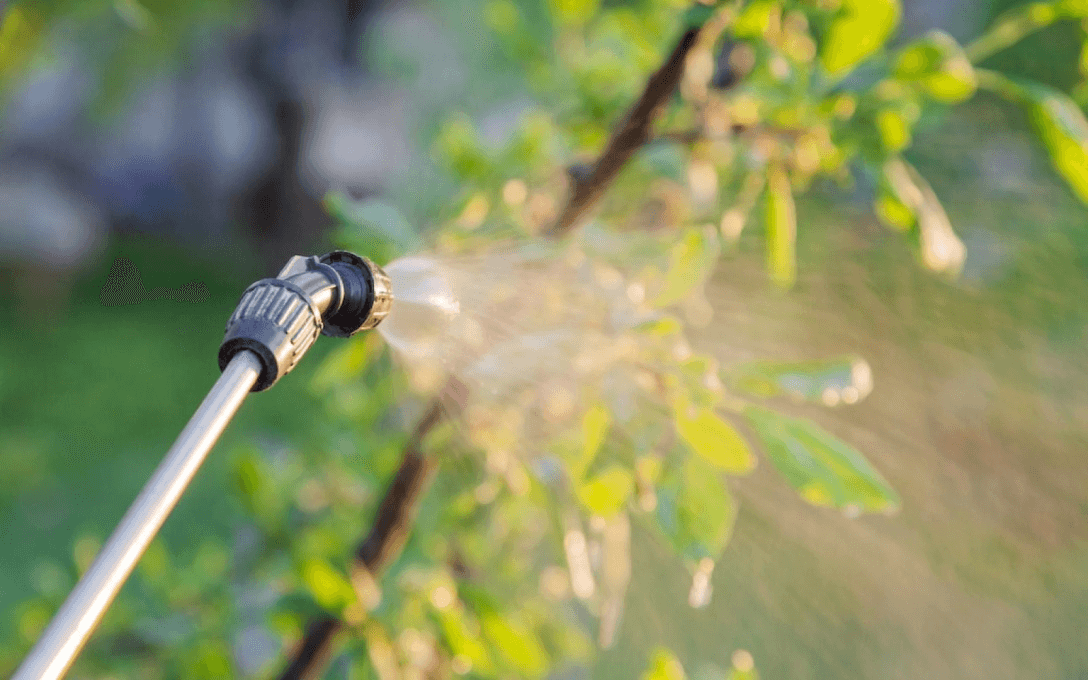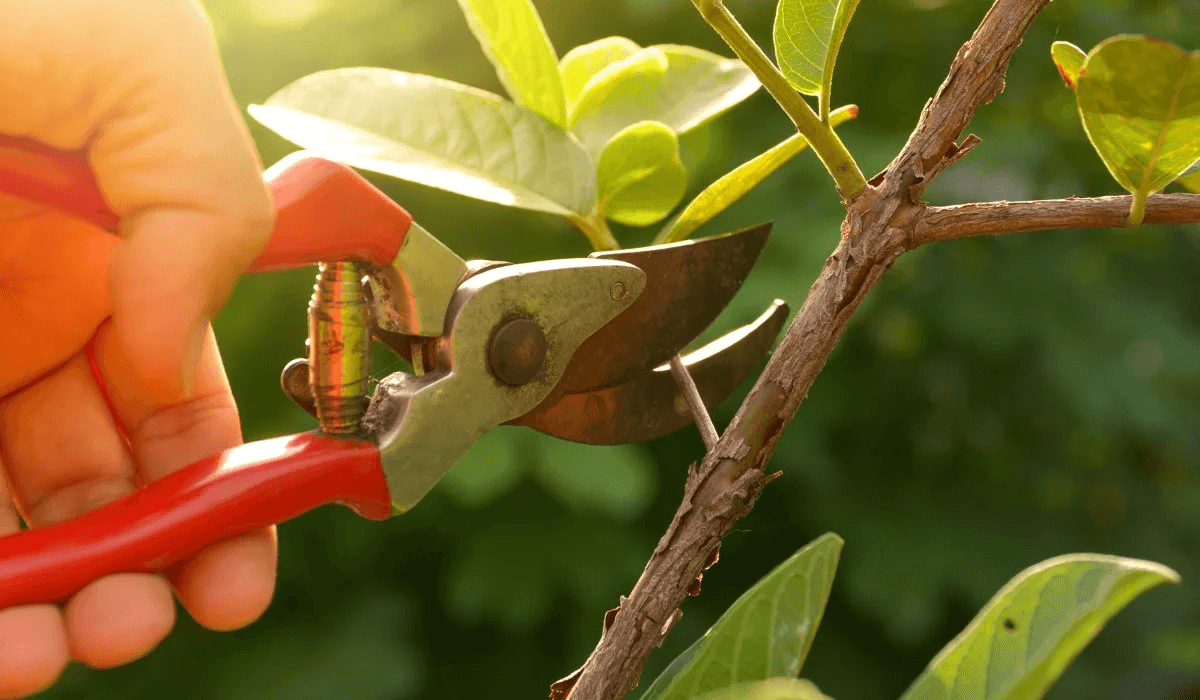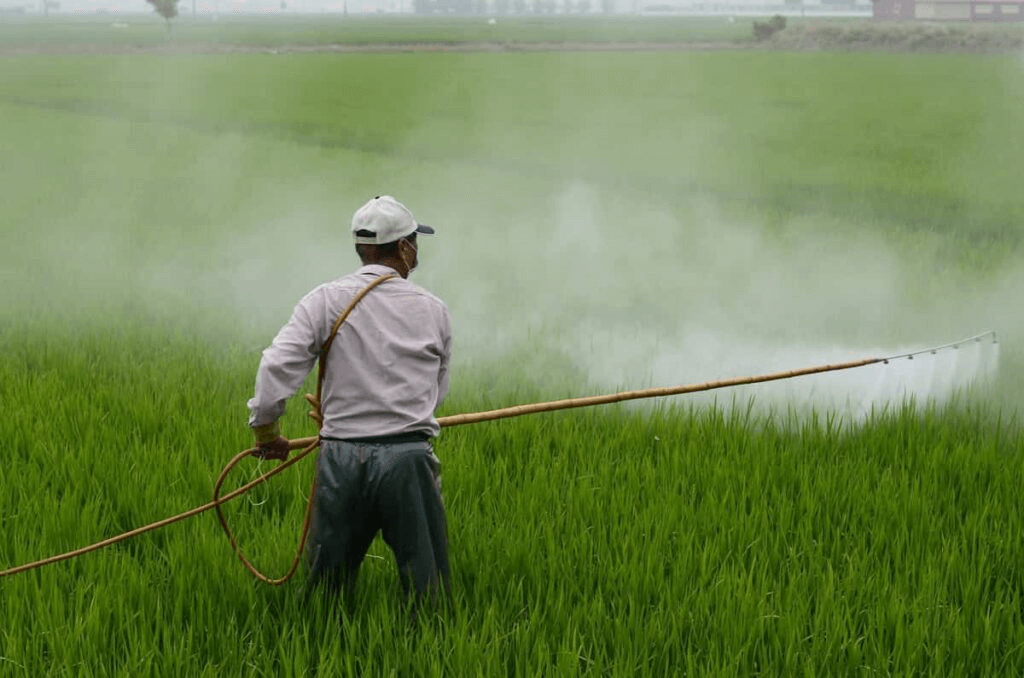Choosing the Right Variety:
Before diving into the growing process, it's essential to select the right Crape Myrtle variety for your garden. With numerous species available, consider factors such as mature size, bloom color, and disease resistance.
Popular varieties include Lagerstroemia indica (common Crape Myrtle), Lagerstroemia fauriei (Japanese Crape Myrtle), and Lagerstroemia hybrids, each has unique characteristics to suit different preferences and climates.



